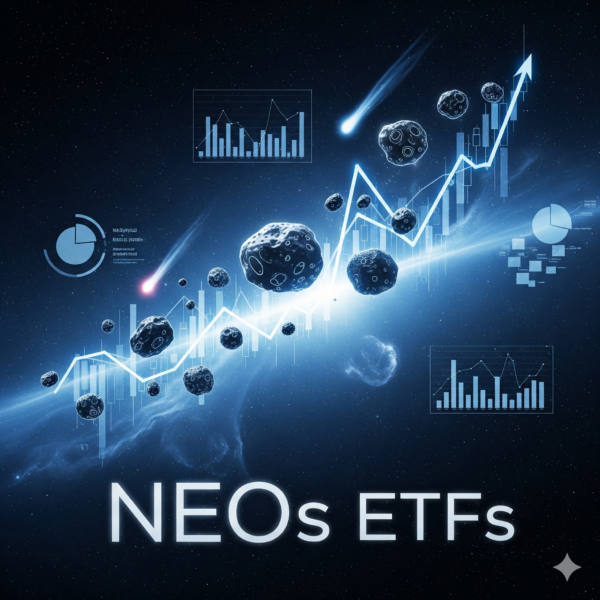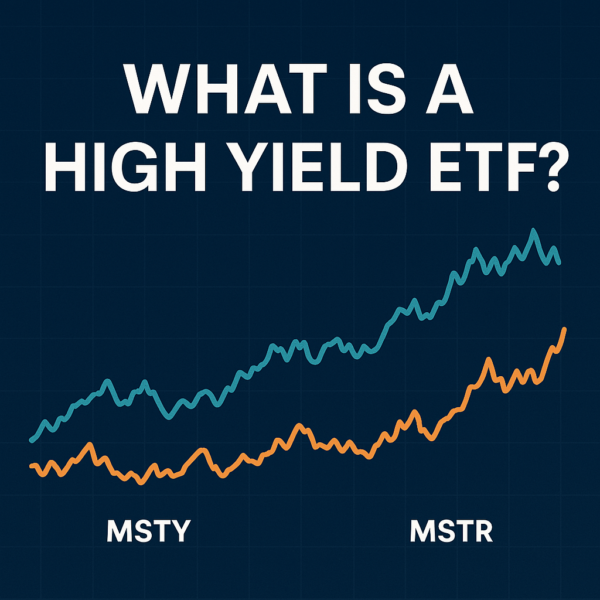7 Reasons to Invest in an ETF
Low-cost investing is all the rage – and for good reason. Fees can eat away at your returns.
According to the Securities and Exchange Commission, over 20 years, 0.50% in annual fees lowers a portfolio value by $10,000 compared with investment fees of 0.25%. If the fees are 1% annually, that reduces the portfolio’s value by close to $30,000.
Put another way, it costs you $28,000 over 20 years if your fees are 1% on a $100,000 investment. Had you invested that $28,000 at the same rate, you would have earned an additional $12,000 over that time frame.
There are two camps when it comes to investment fees. Some think it’s OK to pay them if they generate a decent return. Others set out to avoid them at all costs. While the jury is out on which approach is better, it’s unquestionable that the cheaper the investment, the more money you can invest.
Choices for low-cost investments abound. A popular one is an exchange-traded fund (ETF). Here’s what you need to know about ETFs.

What is an ETF?
An ETF is similar to a mutual fund in that it allows you to invest in a basket of securities. But unlike a mutual fund, an ETF can be traded in real time during market hours, just like stocks and bonds.
ETFs cover every sector and different asset types. They’re designed to track the value of an underlying asset whether it’s tech stocks or oil. They provide the same diversification as mutual funds but are as easy as trading stocks. They also come with lower fees, particularly when compared with actively managed mutual funds.
ETFs have grown in popularity since 1993 when they first entered the market. Today, there are about 2,300 different ETFs to choose from covering several different sectors and asset classes. As of July 2019, $4 trillion in assets was invested in ETFs in the U.S. alone.
Reasons to Invest in an ETF
There’s a lot to like about ETFs. Here’s a look at seven of their big benefits.
1. They’re Cheap
While there are lots of fees associated with mutual funds and ETFs, the figure to look at when comparing ETFs is the expense ratio. The expense ratio is all the costs associated with running the ETF, including administration and back-office functions.
ETFs offer you a low-cost way to get exposure to stocks and bonds. According to mutual fund investment research company Morningstar, the average expense ratio on an ETF is 0.48%. That means it costs you $4.80 per year to invest $1,000.
In the past, online brokers charged a commission for each transaction, but that’s less and less common. Financial technology startups, otherwise known as fintechs, have stormed the market with mobile apps that have zero fees and no minimum to invest. They’ve enticed scores of people who had never invested before, and online brokerages took notice. Most online brokers now waive the commission on hundreds of ETFs.
2. Choices Abound
Because many are passively managed and track particular indexes such as the S&P 500, ETFs are easy to create. That means there are a lot of them in the market, providing a slew of choices for investors.
Whether you’re a conservative investor or more of a risk-taker, there is an ETF for you. If you’re looking for exposure in a specific sector or asset class, there’s an ETF for that too.
But be forewarned: Not all ETFs are created equal. Some track a risky sector or an exotic asset class. Just as you would when investing in a stock or mutual fund, do your due diligence. That means reading the prospectus to make sure you understand what you’re investing in and all the fees associated with the ETF.
3. They Trade Like Stocks
One of the attractions of ETF investing is the ease of buying and selling funds. You can buy and sell ETFs online through mobile apps and via brokers any time between market hours. You get to purchase the ETF at the current price when you execute the trade.
4. There’s a Lower Barrier to Entry
There is no minimum purchase requirement with an ETF. Investors can purchase one share if that’s all they want. As a result, choosing a low-cost, commission-free ETF is a great way to dip your toe into investing.
5. They Provide Diversification
Diversification is the cornerstone of any sound investment portfolio. It can protect you when times are bad and reward you when times are good. Without proper diversification, you’ll have too much exposure to a specific industry or sector. If that industry or sector goes south, so do your returns.
ETFs give you diversification in several ways. You can purchase an ETF that tracks a basket of stocks trading on a particular index, such as the S&P 500. You can purchase different ETFs to give you exposure to different asset classes. There are bond ETFs, real estate ETFs and more. As a result, you can easily create a diversified portfolio covering different sectors and asset classes.
6. They’re Transparent
One criticism of mutual funds is that some tend to bury important information in the fine print, making it difficult for investors to understand all the aspects of the fund. ETFs are different. The investment firm that creates the ETF has to publish its holdings every day. Investors know what the fund is made up of at all times, removing any confusion.
7. There Are Fewer Taxable Events
With an actively managed mutual fund, the fund manager has to buy and sell stocks to maintain the proper asset allocation. If you realize a gain through selling a holding, it creates a taxable event. If the fund manager sells stock multiples times in a year, you could be on the hook for significant taxes.
ETFs are passive and, as a result, have much lower turnover. It’s not unheard of for an ETF to sell a stock once during 24 months. That means you won’t have to worry as much about capital gains taxes.
Final Thoughts
It’s a good time to be an investor. With so many low-cost investing options to choose from, it’s no surprise ETFs have $4 trillion in assets under management. As investors get savvier when it comes to fees, they only stand to benefit more.
According to Morningstar, across all U.S. funds, the asset-weighted expense ratio declined to 0.48% last year, compared with 0.51% in 2017 – saving investors $5.5 billion in fund fees. Investors are paying about half as much to invest in funds as they were in 2000. Ben Johnson, Morningstar’s director of ETF and passive strategies research, says that this is a result of awareness on the part of investors when it comes to how damaging investment costs can be to a portfolio.
Lowering your fees is one of many ways to maintain and build your nest egg. To learn more about investing, you can sign up for our free e-letter below.





